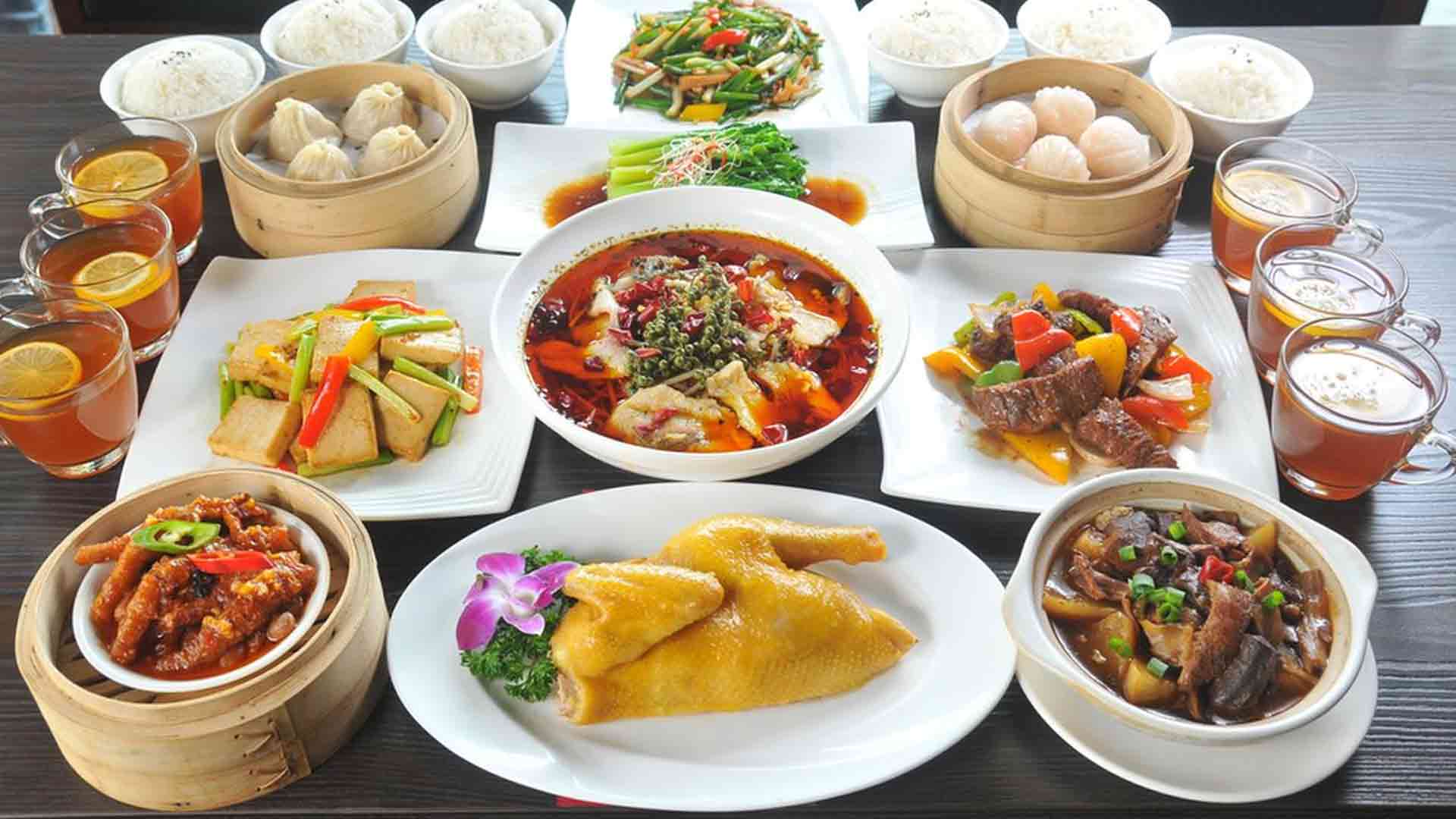Plates That Changed History

Plates That Changed History
Food is far more than mere sustenance; it is the fuel of civilization, the currency of culture, and a silent, powerful force that has shaped the course of human history. While we often look to battles, inventions, and great leaders as the primary drivers of change, the humble plate of food has frequently played an equally pivotal role. Certain dishes, or the culinary innovations behind them, have sparked revolutions, enabled exploration, and built empires. From the fields of the Fertile Crescent to the battlefields of Napoleon, these are the plates that changed the world.
Perhaps the most fundamental food in human history is bread. The transition from nomadic, hunter-gatherer lifestyles to settled agricultural societies was made possible by the cultivation of grains like wheat and barley. Learning to mill these grains and bake them into bread created a stable, storable, and calorie-dense food source. This reliability allowed populations to grow, cities to form, and specialized labor to emerge. Ancient civilizations in Egypt and Mesopotamia were built on a foundation of bread and beer (its liquid counterpart). Bread wasn't just food; it was the bedrock of society, a symbol of life and prosperity that remains deeply embedded in cultures and religions worldwide.
As humanity looked beyond its borders, a new culinary challenge arose: how to feed sailors on long, arduous sea voyages. The answer came in the form of salted cod. By preserving codfish with salt, a technique perfected by the Basques and later adopted by the Portuguese and Spanish, a non-perishable, high-protein food was created. This "jerky of the sea" fueled the Age of Discovery. It filled the cargo holds of ships sailed by Columbus, Cabot, and Magellan, enabling them to cross vast oceans and connect the globe. Salted cod not only powered exploration and colonization but also created vast trade networks, becoming a staple food in Europe, the Americas, and Africa, fundamentally altering global economies and diets.
Another world-altering food arrived in Europe from the New World: the potato. Initially brought back from the Andes by Spanish conquistadors, the humble tuber was met with suspicion and was considered unfit for human consumption by many. However, its ability to grow in poor soil and produce a massive caloric yield per acre eventually won over the continent. The widespread adoption of the potato in the 18th and 19th centuries fueled an unprecedented population boom across Europe, providing the cheap labor needed for the Industrial Revolution. Its story also carries a dark chapter; Europe's over-reliance on a single crop led to the devastating Irish Potato Famine when blight struck, causing mass starvation and triggering a wave of migration that reshaped the demographics of the United States.
Long before modern energy bars, there was pemmican. This nutrient-dense superfood, created by the Indigenous peoples of the North American plains, was a mixture of dried and pounded meat (often bison), rendered fat, and sometimes dried berries like saskatoons. The resulting product was lightweight, incredibly long-lasting, and packed with energy. Pemmican was the ultimate survival food, essential for enduring harsh winters and long journeys. It became a critical currency in the North American fur trade, as European voyageurs and traders depended on it to fuel their expeditions deep into the continent. Without pemmican, the exploration and economic exploitation of much of Canada and the American West would have been nearly impossible.
The needs of war have often been a catalyst for innovation, and food is no exception. In the early 19th century, Napoleon Bonaparte offered a large prize to anyone who could develop a reliable method for preserving food for his sprawling army. A French confectioner named Nicolas Appert answered the call, inventing the process of sealing food in airtight glass jars and heating them, a precursor to modern canning. This technology was soon adapted using more durable tin cans. The invention of canned food revolutionized military logistics, allowing armies to campaign for longer and farther from their supply lines. It drastically reduced the threat of scurvy and starvation among soldiers and sailors. Beyond the battlefield, canning transformed domestic life, making seasonal foods available year-round and paving the way for the modern supermarket. Today, we can explore this rich history of flavors with just a few clicks. You can find restaurants worldwide and discover the next plate that might just be making history.